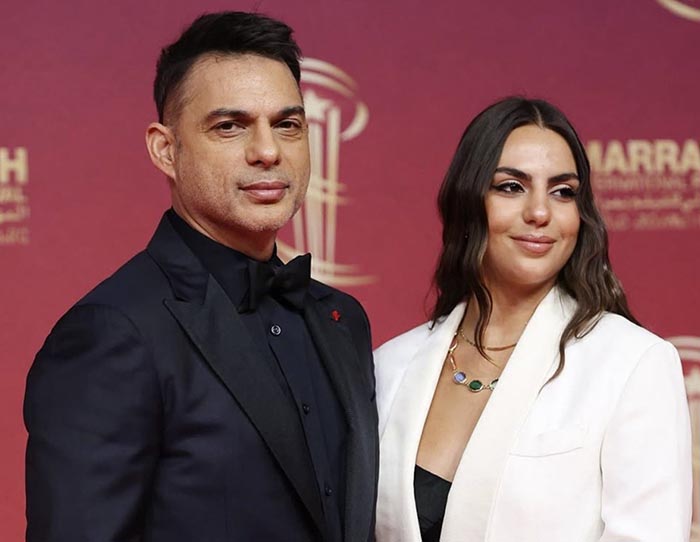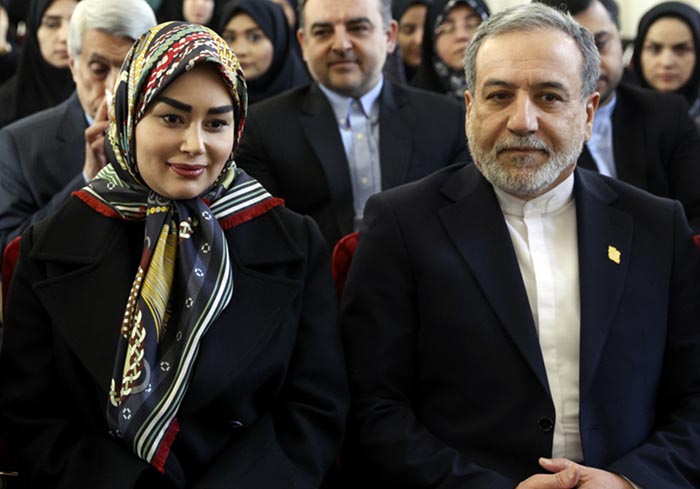08 Captivating AI-Generated Photos of the Kings of Persia – A Visual Journey Through History
6. Tahmasp I
Tahmasp I ( 22 February 1514 – 14 May 1576) was the second shah of Safavid Iran from 1524 until his death in 1576. He was the eldest son of Shah Ismail I and his principal consort, Tajlu Khanum.
Tahmasp ascended the throne after the death of his father on 23 May 1524. The first years of Tahmasp’s reign were marked by civil wars between the Qizilbash leaders until 1532, when he asserted his authority and began an absolute monarchy. He soon faced a long-lasting war with the Ottoman Empire, which unfolded in three phases. The Ottoman Sultan, Suleiman the Magnificent, attempted to install his candidates on the Safavid throne. This conflict ended with the Peace of Amasya in 1555, where the Ottomans gained sovereignty over Iraq, much of Kurdistan, and western Georgia. Additionally, he had ongoing conflicts with the Uzbeks of Bukhara over Khorasan, with them frequently raiding Herat. Notably, in 1528, at the age of fourteen, he demonstrated his military ingenuity by defeating the Uzbeks in the Battle of Jam using artillery.
Tahmasp was also a patron of the arts and was an accomplished painter himself. He established a royal house of arts for painters, calligraphers, and poets. However, later in his reign, he grew disenchanted with poets and shunned many, even exiling them to the Mughal court of India. His reign is also characterized by his devoutness and fervent zeal for the Shia branch of Islam. He granted many privileges to the clergy and allowed them to engage in legal and administrative matters. In 1544, he famously demanded that the fugitive Mughal emperor Humayun convert to Shi’ism in exchange for military assistance to reclaim his throne in India. Despite his religious leanings, Tahmasp negotiated alliances with Christian powers such as the Republic of Venice and the Habsburg monarchy, who were rivals of the Ottoman Empire.
AI-generated representations of Tahmasp I often depict him in rich Persian attire, symbolizing his royal status and artistic patronage. He is frequently shown amidst artistic elements reflecting the cultural flourishing of Safavid Iran. The backgrounds in these images capture the architectural beauty of his time, including aspects of Isfahan, the city he later developed into a cultural and political capital.
More stories
Transport Motorbike Training: Empowering Women Through Safe Riding Education
Introduction In recent years, Iran has experienced a transformative shift in its transportation landscape, driven by urbanization, economic development, and … Continue reading ➝
Peyman Maadi and Daughter Baran Maadi Shine at the 22nd Marrakech International Film Festival
Introduction The 22nd Marrakech International Film Festival (MIFF) took place in the vibrant city of Marrakech, Morocco, from December 4 … Continue reading ➝
The Exclusive Sight: Abbas Araqchi with His Young Wife at a Women’s Ceremony
Introduction In the complex world of Iranian politics and diplomacy, moments that blend personal life with public appearances often become … Continue reading ➝
Mojtaba Moharrami: The Football Legend and His Controversial Shah Pahlavi Signature Tattoo
Introduction Mojtaba Moharrami, renowned former Iranian football star, has recently become the center of social media buzz and public discourse … Continue reading ➝
Fereshteh Hosseini and Navid Mohammadzadeh’s Stunning New Photos Abroad: A Deep Dive into Their International Presence
Introduction In recent months, the popular Iranian actress Fereshteh Hosseini and acclaimed Iranian actor Navid Mohammadzadeh have made headlines worldwide … Continue reading ➝





